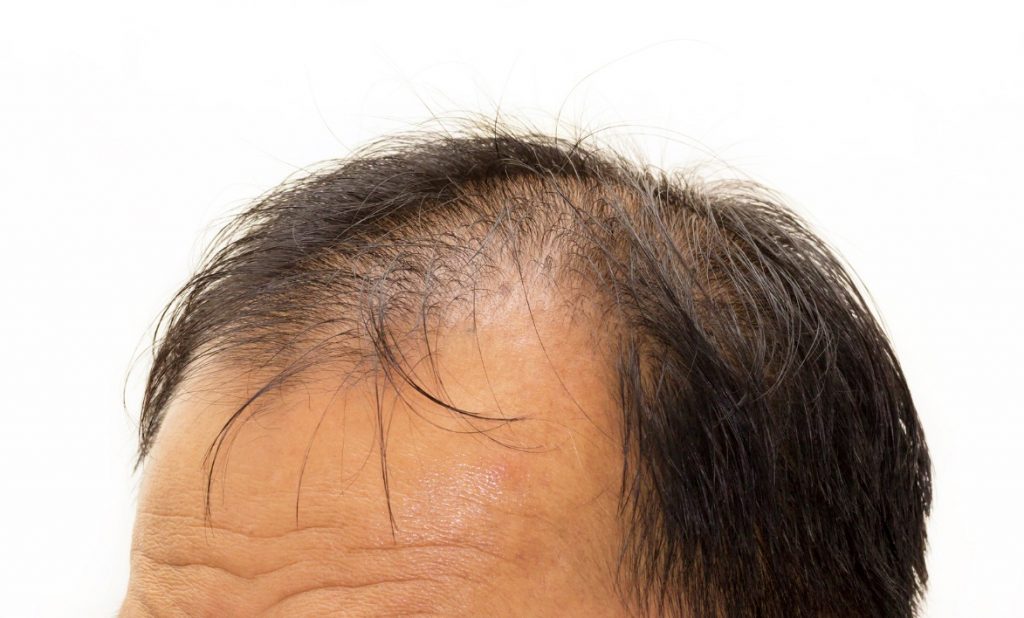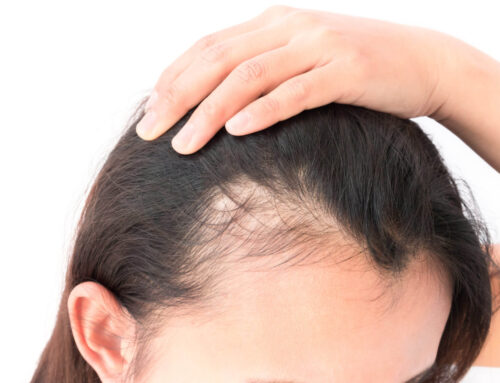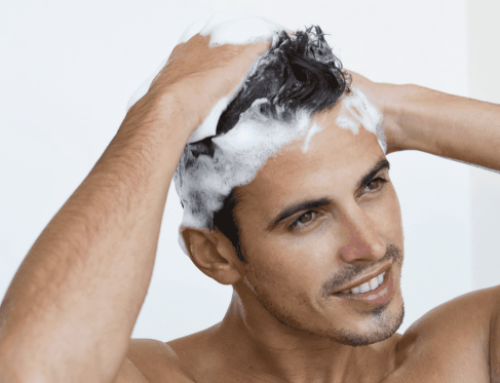Hair Transplantation as Protection
Hair transplantation is one of the most demanded treatments in recent years as it has shown noticeable results in calling your handsome days of life again.
In Japan, advanced hair transplant procedures were first introduced in the 1930s. The specialists used implants to help recover burned patients’ eyebrows and eyelashes as well as hair. Until the 1950s, when dermatologist Dr. Norman Orentreich tried to plant first-ever tissue in thin hair areas, it did not form a diagnosis for hair loss.
Methods get advanced, and the earliest common form of hair transplantation as follicular unit transplantation (FUT), often recognized as strip harvesting, was introduced.
FUT is when a hair strip is medically cut from the head’s backside, and grafts of the follicular unit (one to four hairs) are extracted and harvested by the doctor in the balding region using tiny blades or needles.
With this procedure, the only downside is that a wound is formed in the donor zone, which is noticeable if the person likes short hair.
You May Also Like: Can you Smoke Before, During and After the Hair Transplant?
Initial FUT techniques had considerable results in the 1980s. People could be stuck with plug-like toy’s hair, with many strands in unsightly separate globs growing together.
Even so, methods have developed to plant new donor hair, making a far more realistic combination with actual hair. With time, methods for growing new hair developed as doctors became more skilled in conducting the procedure and exchanged expertise at large conferences such as the Live Surgical Workshop in Orlando, Florida of the International Society of Hair Restoration Surgery (ISHRS).
Here you will find how to protect your scalp after you are done with hair transplantation.
Say no to sunlight
You ought to be very vigilant to avoid direct sunlight on your head now that spring is here and that Long Beach is getting warmed up. You can begin to imagine the agony of burns on your delicate head if you understand what terrible sun damage sounds like. And if you’re a few days away from your FUE hair transplant, following summer hairstyling advice is always a smart option.
Try painkillers if it hurts
Your head may feel uncomfy after your surgery. Over-the-counter pain medicine, except your doctor instructed, will help alleviate some of the moderate inflammation and discomfort that naturally happens during every surgery.
If your degree of pain increases or you feel there’s a possibility of infection, call your doctor right away. Protect your scalp from the sun’s harsh rays.
Avoid sleeping on flat pillows
It’s ideal for resting on one’s back with your head raised for the first several nights after your surgery. Falling asleep in this direction will help ensure that its most sensitive spots do not touch the mattress on your scalp.
Similarly, before heading to sleep, you must change your sheets and pillow covers. You sweat while you sleep, and that can trigger bacterial growth on the linen. .Sheets that are clean will help protect you from infections
Don’t go for tight caps
Although it is doubtful that you will prefer to wear a beanie after your hair transplant, it is still important to note that you should prevent any type of tight head wear throughout the days after surgery. Your grafted follicles are going to become less sensitive within a week or so. Even then, since they can result in alopecia, tight headwear and hairdos still should be prevented.
Take vitamins
Eat a healthy diet of plenty of fruits and veggies to support the recovery process. Eating a rich diet in probiotics, protein, vitamins C, D, and A, and omega-3 fatty acids were recommended by the Mayo Clinic. Healthy choices are seafood, lean meat, fruit, veggies, and low-fat yogurt.
How often do people see hair transplant outcomes?
The findings are seen by most people between six and nine months after treatment. It needs 12 months for some instances.
It’s worth noting that the grafted hair will drop out between two and eight weeks after the procedure. It’s usually here. The hair may appear weaker by the third month than before you’ve had surgery
Medicine will help you preserve the findings
Your doctor can prescribe medication that cures hair loss to have the better effect from a hair transplant. Meds help because, after a hair transplant, hair shedding and thinning will occur.
Medication can avoid or slows the loss and thinning of new hair. Having done this, for the coming years, you will maintain your healthy appearance.





Leave A Comment